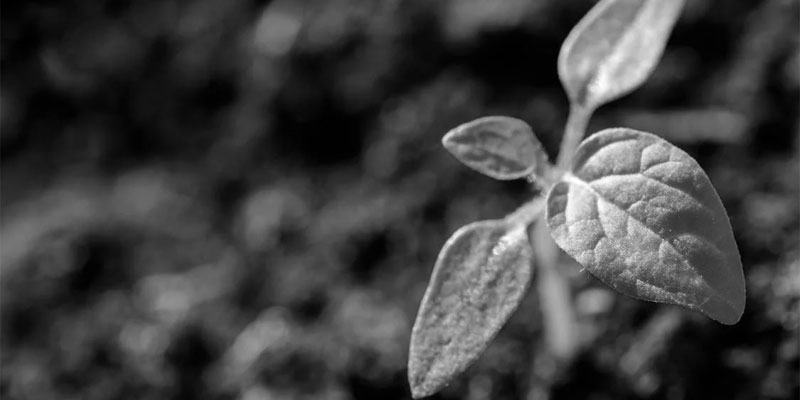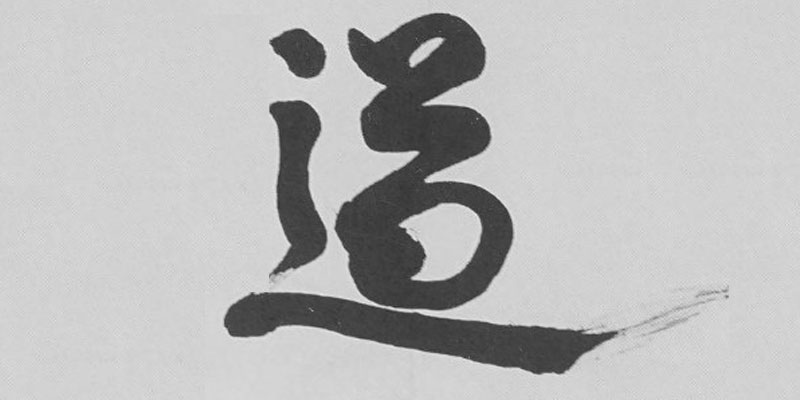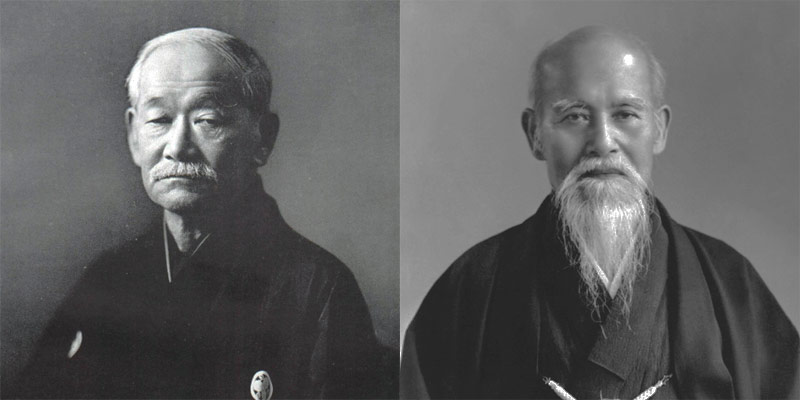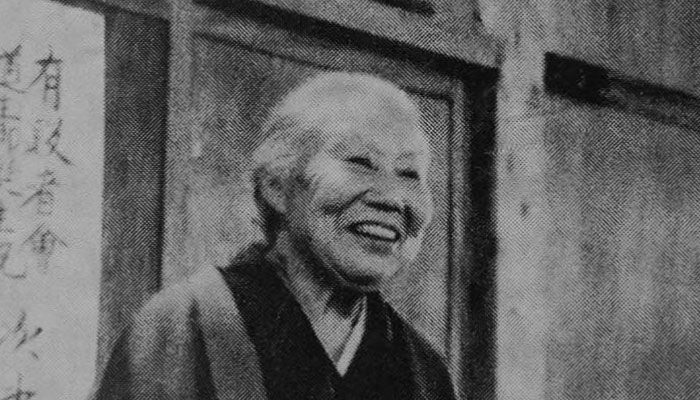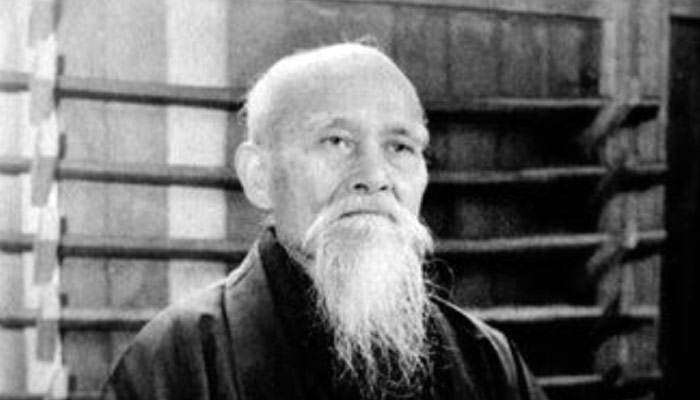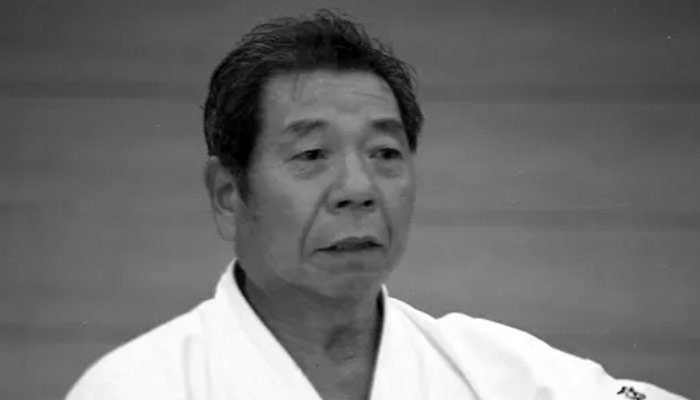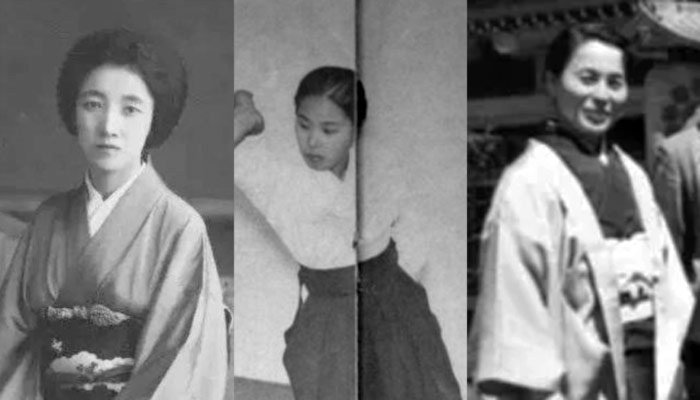People 人
-
Roots in Tanabe: The Childhood and Heritage of O Sensei
O Sensei, Morihei Ueshiba 植芝盛平, was born on December 14, 1883. His official family registry was at Nishinotani Village 西ノ谷村, Nishimuro-gun 西牟婁郡, Wakayama Prefecture 和歌山県. The village was incorporated into Tanabe Town 田辺町 in 1924, and later became part of Tanabe City 田辺市 in 1942. At the time of his birth, Tanabe was the seat of the Ando clan 安藤氏, retainers of the Tokugawa family 徳川氏 of Kishu 紀州. O Sensei’s father was named Yoroku 与六, and his mother was Yuki ゆき. It is said that the Ueshibas had their roots in Misu 三栖, and that O Sensei’s great-grandfather was the first of the family to move to Tanabe. Today’s…
-
One Aikido, Many Expressions: Different Styles of a Living Art
Aikido, a modern Japanese martial art created by Morihei Ueshiba 植芝 盛平 (1883–1969), has grown into a worldwide discipline with numerous styles and interpretations. Though rooted in the same philosophical and technical foundation, the different styles of Aikido each carry their founder’s interpretation, emphasis, and training methodology. Here is an overview of some of the most influential Aikido styles and their defining characteristics. Aikikai 合気会 – Aikikai is the original and largest Aikido organization founded by Morihei Ueshiba, carried on by his son Kisshomaru Ueshiba 植芝 吉祥丸 (1921–1999, Second Doshu) and grandson Moriteru Ueshiba 植芝 守央 (Third and current Doshu). It is considered the Honke 本家 style of Aikido and…
-
Morihei Ueshiba and Jigoro Kano: The Resonance of Two Great Masters
Morihei Ueshiba 植芝 盛平, the founder of Aikido, and Jigoro Kano 嘉納治五郎, the creator of Judo, were two of the most influential martial artists of the 20th century. While their approaches to martial arts differed significantly, they shared a deep mutual respect for each other and for the values of traditional Japanese Budo. Their interactions reflect an interesting dialogue between the preservation of martial tradition and the evolution of combat into a modern sport. Jigoro Kano (1860–1938) was a visionary who sought to modernize traditional Jujutsu into a structured discipline suitable for education and competition. He mastered both Kito Ryu 起倒流 and Tenjin Shinyo Ryu 天神真楊流 Jujutsu 柔術. In 1882,…
-
Morihei Ueshiba, Onisaburo Deguchi, and the Second Omoto Incident
The Second Omoto Incident 第二次大本事件, which occurred in 1935, was a significant event in Japan’s modern history, involving the suppression of the Omoto religion by the Japanese government. Founded by Nao Deguchi 出口直 in the late 19th century, the Omoto religion combined elements of Shinto 神道 and other beliefs, promoting peace and universal harmony. It was led by Nao’s son-in-law, Onisaburo Deguchi 出口王仁三郎, a charismatic figure with ambitious visions for world peace and universalism. Omoto attracted followers nationwide; however, the religion’s perceived unconventional teachings and political influence attracted the scrutiny of the Japanese government, which led to the first major suppression in 1921, known as the First Omoto Incident 第一次大本事件.…
-
Hatsu Ueshiba: The Most Important Woman Behind the Birth of Aikido
Hatsu Ueshiba 植芝はつ, the wife of Morihei Ueshiba, played a vital role in supporting her husband’s martial arts journey and the establishment of Aikido. Born in 1885 in Wakayama Prefecture 和歌山県, Japan, Hatsu was originally named Hatsu Itokawa 糸川はつ. The Itokawa family descended from the Kai Takeda 甲斐武田 clan, whose lineage traces back to Emperor Seiwa 清和天皇, the 56th emperor of Japan. Morihei’s mother, Yuki ゆき, also hailed from the Itokawa clan. Hatsu was two years older than Morihei, and they grew up together as childhood friends. Morihei married Hatsu when he was only 18, shortly before enlisting in the army. The timing of their marriage seems unusual, and the…
-
Master of the Power and the Basics: Yoshimitsu Yamada
Yoshimitsu Yamada 山田 嘉光, born on February 17, 1938, in Tokyo, Japan, is a prominent figure in the world of Aikido, renowned for his significant contributions to the development of Aikido in the United States. Yamada’s family has a close connection to the Abe family. His father, Ichiro Yamada, lost his parents as a child and was placed in the care of the Abe family. Ichiro and Tadashi Abe 阿部正 were raised as brothers, and Yamada referred to Abe as his uncle. Abe’s father was a supporter of Morihei Ueshiba, the founder of Aikido. Yamada first encountered Ueshiba when he was invited as a guest to Abe’s house for a…
-
O-Sensei’s Aliases: Moritaka and Tsunemori Ueshiba
Beyond his birth name Morihei Ueshiba 植芝盛平, O-Sensei used two other names, Moritaka Ueshiba 植芝守高 and Tsunemori Ueshiba 植芝常盛, during his lifetime. Moritaka Ueshiba was a name that Ueshiba often used in his 40s and 50s after his trip to Mongolia in 1924. The journey to Mongolia took place approximately three years after the First Omoto-kyo Incident, during which Japanese authorities suppressed Omoto-kyo by raiding their headquarters and arresting its leader, Onisaburo Deguchi 出口 王仁三郎. Deguchi, along with a group of his disciples, including Ueshiba, embarked on an expedition to Mongolia with the ambition of establishing a new religious kingdom there. The Omoto-kyo believes in Bankyo Dokon 万教同根, the concept…
-
Morihiro Saito: Guardian of Ueshiba’s Teachings
Morihiro Saito 斉藤 守弘, a prominent figure in the world of Aikido, was born on March 31, 1928, in Ibaraki Prefecture 茨城県, Japan. He dedicated his life to the study and practice of Aikido, becoming one of the most influential sensei in Aikido history. Saito’s contributions to the art, particularly in preserving the teachings of the founder, Morihei Ueshiba, have left a lasting impact on Aikido practitioners worldwide. Just like many other youngsters, Saito used to admire the great Japanese swordsmen and studied kendo in school. However, weapons were banned following the end of WWII. He then learned Karate and Judo, thinking he would have nothing to fear if he…
-
Kenji Tomiki and his Vision of Competitive Aikido
Kenji Tomiki 富木 謙治 was a scholar and a prominent martial artist who held an 8th dan in both Judo and Aikido. He was an early student of Morihei Ueshiba and played a crucial role in the development of Aikido and the establishment of Shodokan Aikido 昭道館合気道, also known as Tomiki Aikido. Born on March 15, 1900, in Kakunodate 角館町, Akita Prefecture 秋田県, Japan, Tomiki started training in Judo when he was about 10 years old and obtained his shodan rank in 1919. He continued to practice Judo and only in 1926, he was introduced to Morihei Ueshiba by his friend Hidetaro Mishimura, and started training in Aikido (still known…
-
Breaking Barriers: The Pioneering Women of Aikido
Japan has a rich history of women practicing martial arts. Women of the samurai class learned naginatajutsu as part of their education and self-defense training since the Edo period (1603-1867). There are also records of women practicing kenjutsu, ko-tachi 小太刀, kusarigama 锁镰, and other weapon arts, but taijutsu was relatively uncommon. However, the situation began to change in the early 1900s when martial arts such as Judo became a regular part of school curriculums. In 1919, Ueshiba met Onisaburo Deguchi 出口王仁三郎, the founder of the Omoto 大本教 religion in Ayabe 府綾 Kyoto. The following year, Ueshiba moved his family to Ayabe and joined Omoto. Deguchi encouraged Ueshiba to pursue budo…
